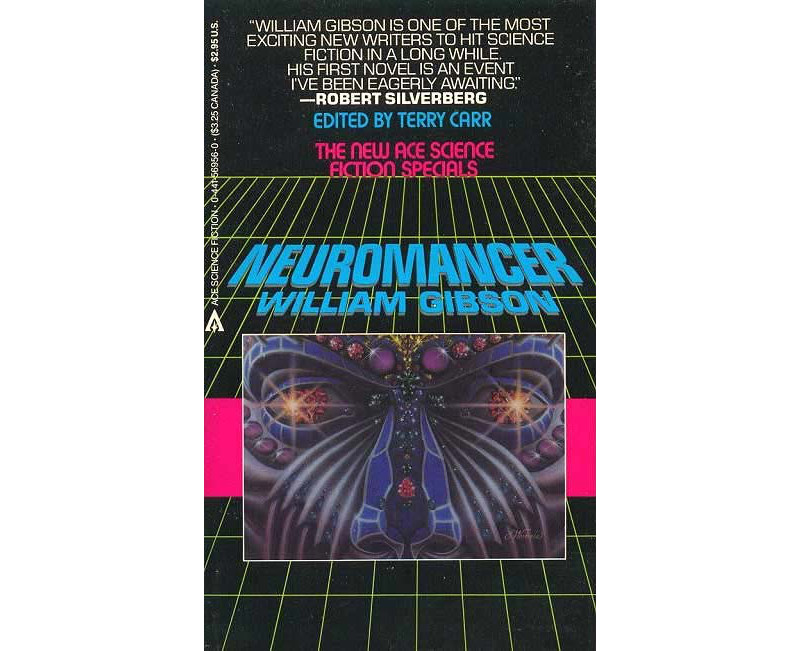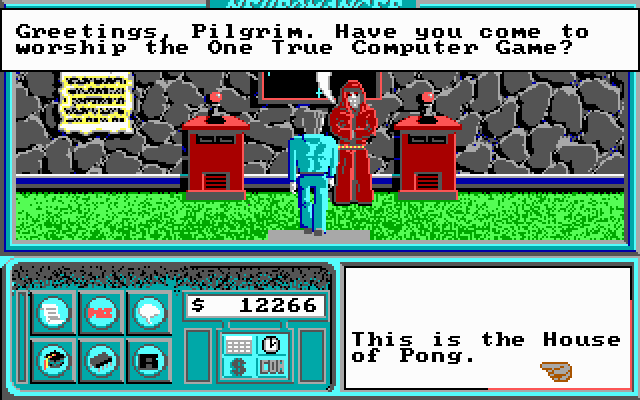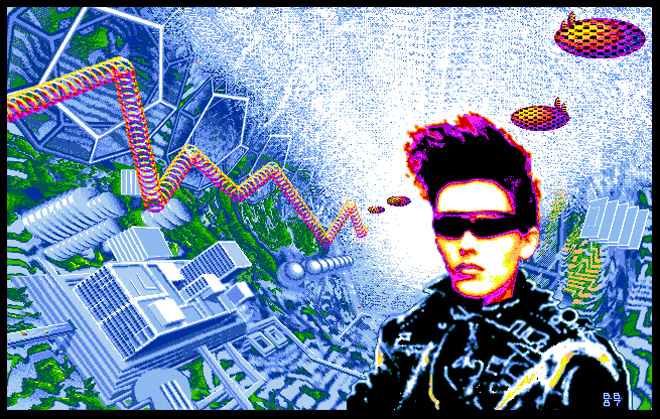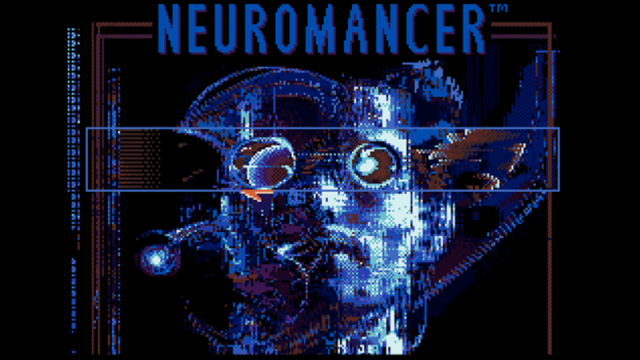It’s astonishing to think how much of the world has changed thanks to the internet. It’s difficult to think of another recent technology that has so totally changed how people experience the world – the invention of the telephone well over 100 years ago is probably the only thing that comes close.
What felt to me like a gimmick when it entered the mainstream (I distinctly remember scoffing at the seeming pointlessness of the BBC adding links to web pages at the end of TV programmes in the 1990s) has now gone on to dictate how, when and where I work. I don’t even watch TV any more – it’s all iPlayer and online streaming.
But the swiftness and ubiquity of the revolution means that it can be difficult to imagine a time before the internet existed, a time when computers were mostly limited to offices and files were stored on floppy disk. As someone who started university in the late nineties, I’m privileged to be part of a generation that rode the cusp of the internet wave just as it was breaking, yet I can also just about recall the days when networked gaming meant carrying my Amiga to a friend’s house for two-player Stunt Car Racer.
But bizarrely, well before the advent of the World Wide Web as we know it, there was a game that was all about navigating the internet. Or at least, an approximation of it.
Consensual hallucination
Back in 1984, the then 35-year-old William Gibson finished Neuromancer, his first novel, in what he describes as “blind animal terror”. After writing several well-received short stories and spending years moving through jobs with a “lack of enthusiasm for anything like ‘career,’” Gibson was given a cash advance on a novel – his first big break. To his extreme surprise, Neuromancer became a word of mouth hit and went on to scoop all three of the top sci-fi literary awards, an unprecedented feat. More importantly, it spawned the cyberpunk movement and influenced a generation.

Gibson’s genius was to take technology from the everyday world and then stretch it to its logical extremes. As he notes, Neuromancer is “really the world that we live in but just pushed a little bit.” Hence in this near-future novel it is huge corporations – zaibatsus – that control the world rather than governments, the rich clone themselves to keep hold of family companies, and AIs are feared and strictly controlled.
Most importantly, Gibson coins the term “cyberspace” for what he describes in the novel as “A consensual hallucination experienced daily by billions” (although he actually uses the term for the first time in the 1982 short story Burning Chrome). Neuromancer’s anti-hero, Case, is a cyberspace hacker, a “console cowboy” who is heavily involved in industrial espionage, and the plot revolves around him being blackmailed into entering the matrix and penetrating the software barriers of… well, I won’t give it away.
All this hacking terminology may be familiar to us now, but it was a strange new world in 1984, five years before the invention of the World Wide Web by Tim Berners-Lee and six years before the creation of the first web browser. The internet may have existed since the late 1960s in very limited, local form at military and later academic institutions, but the modern internet only arose in around 1989, and the notion of cyberspace was simply out of this world in 1984.
It’s uncertain whether Gibson was aware of the nascent internet as it existed in the early 1980s. Rather, he claims that the inspiration for cyberspace came from a local arcade:
“I was walking down Granville Street, Vancouver’s version of “The Strip,” and I was looking into one of the video arcades. I could see in the physical intensity of their postures how rapt the kids inside were. It was like one of those closed systems out of a Pynchon novel: a feedback loop with photons coming off the screens into the kids’ eyes, neurons moving through their bodies, and electrons moving through the video game. These kids clearly believed in the space games projected. Everyone I know who works with computers seems to develop a belief that there’s some kind of actual space behind the screen, someplace you can’t see but you know is there.”
Given the origin of cyberspace’s inspiration, it’s fitting that Neuromancer itself was turned into a video game – albeit not until 1988, four years after the novel’s publication. And there’s a certain pleasure in the thought that while Berners-Lee was still brewing up the idea for the World Wide Web in his CERN laboratory, Apple II owners were accessing PAX terminals and traversing the matrix.
Gall bladder
Even by the standards of the time, Neuromancer the video game is no looker, whatever version you’re playing (it was released on the Amiga, C64, Apple II and various other machines). If anything, the gameplay is even worse thanks to game’s stubborn refusal to let you in on what to do next, resulting in mostly trial and error attempts. But what it does excel in is imagination.
The game takes its inspiration from technology and ideas in the novel, but features a completely different main character and plot. After waking up head down in a plate of spaghetti, your first task is to figure out how to pay the cafe owner by accessing your bank account from the local PAX terminal in what resembles an early depiction of internet banking. Then you head off to the “Body Shop” to sell your gall bladder to pay for a new hacking “deck,” before spending much of the rest of the game in search of “softwarez” with which to improve your hacking ability.
One store sells “microsofts,” which are chips that plug into a socket behind the ear and provide access to data or, as mentioned in the novel, the ability to translate languages. Elsewhere you can find the “House of Pong,” which definitely isn’t in the book. Here, the head monk Nolan urges you to worship the “One True Computer Game” and sends you on a quest for the “Holy Joystick.”

Nolan… Pong… Ah, I see what they did there (image credit)
But perhaps the most interesting aspect of Neuromancer the game is its depiction of cyberspace. It’s more Tron than Firefox, with trippy faces and fractal backgrounds, and navigation is via coordinates on a 3D grid rather than a web browser, with portals depicted as diamonds. It’s all a bit odd. But it could have been even crazier.
Turn on, tune in and drop out
Timothy Leary was a leading light of the 1960s counterculture, of which Gibson was a part. As a psychologist, he believed that psychedelic drugs such as LSD could be used to treat patients, particularly in helping ex-convicts to change their behaviour and stop reoffending. He claims that his first experience of taking magic mushrooms completely changed his life, and he spent the rest of his life seeking ways to experience “new realms of consciousness” and encouraging others to do the same. He popularised the phrase “turn on, tune in and drop out” as part of his philosophy. Inevitably, his dalliances with drugs and his evangelisation of their effects provoked the interest of the law, and he spent much of the 1970s in prison.
In the 1980s, Leary became entranced by computers, and particularly by the internet and virtual reality as means of entering a new realm of consciousness. He accordingly modified his motto to “turn on, boot up, jack in.”
He was fascinated by the depiction of cyberspace in Neuromancer as a sort of transcendent reality that users could plug into directly via their brain – a space beyond the everyday world. He championed Gibson’s novel at every turn, and campaigned (unsuccessfully) for it to be turned into a film.
He also bought the video game rights for Neuromancer, which eventually resulted in the 1988 game after he took the concept to Interplay. But Leary’s original ideas were radically different, and could have been genre changing if they’d gotten off the ground.
The game would have featured graphics drawn by famed graffiti artist Keith Haring, with the main characters being depicted as David Byrne from Talking Heads, Grace Jones and Haring himself. The game was billed as a “mind movie” – essentially a sort of “choose your own adventure” where the characters changed their personalities according to which one of four “tracks” you selected, and Byrne, Jones et al. would have swapped character roles as well.
The writing would have been handled by Naked Lunch author William S. Burroughs, and altogether it may well have been the trippiest game ever released. Sadly, it wasn’t to be, but the Timothy Leary archives offer a tantalising glimpse of how the game was shaping up.

Grace Jones depicted in the aborted Neuromancer game (image: NYPL Archives & Manuscripts division via Wired)
In hindsight, Gibson and Leary’s vision of cyberspace, as well its depiction in the 1988 Neuromancer game, doesn’t bear a huge resemblance to the reality of the World Wide Web that emerged in the 1990s. As it’s described in the novel and shown in the game, jacking into the matrix and hacking software in 3D cyberspace is a lot more exciting and transcendental than what we actually got – Netscape and dancing hamsters.
But perhaps that’s because reality hasn’t quite caught up yet. Cyberspace was quickly picked up as a synonym for the internet after the World Wide Web emerged, but author Jack Womack goes one step further by suggesting that Gibson’s creation of cyberspace may have even spurred on the development of the web in the first place: “What if the act of writing it down, in fact, brought it about?”
And going even further, perhaps that early depiction of the internet as a melange of minds in the ether is still awaiting us in the future. Gibson’s vision was of an internet more akin to virtual reality, and with the acquisition of Oculus Rift by Facebook, along with its eerie demonstration of interacting with virtual representations of other people, perhaps the real cyberspace isn’t far off.
This story originally appeared in October 2015.

Comments
11 responses to “The 1980s Game That Predicted The Internet”
I had that game back in the late 80s/early 90s sometime. I had no idea what you were supposed to do
My name actually comes from this game; Anonymous Bosch was one of the friendly NPC hackers in the Matrix. The Amiga & PC versions were rubbish compared to the one true version on the C64 btw.
Yeah they always seem to screw up when going from the C64 versions to the Amiga or PC version.
I still have my C64 big box copy on the shelf 🙂 next to the Bard’s Tale big box series, Wasteland , Elite and some other titles from my childhood.
If modern VR takes off, I think it’s only a matter of time before someone has a go at making Sym-Stims. In Neuromancer’s trilogy, they’re pre-recorded first-person videos that allow a viewer to see the world through the eyes of someone else, usually a celebrity. While we can’t pull in the full sensory information that the Sym-Stims in the books do, I’d think as soon as the Occuluses and Vives have matured, there’d be no technological reason why it couldn’t happen, and the celebrity culture certainly hasn’t dissipated since the early 80s.
3 years later, this still seems entirely plausible.
Im pretty sure DARPA announced a few months back that they are close to perfecting the reading of biological information by a computer, specifically the recording of optical data.
Having read the book and played (confusedly) the game, I was expecting it was to be about Nueromancer.
But some of his later novels are just as good.
I love him to bits and he’s my equal favourite author (alongside China Mieville in case you care) but for me Neuromancer stands above everything else he’s done. The first 1/3rd or so is so exceptional. I still don’t think I really get the last 1/3rd though even after many readings.
I suspect our bookshelves look very similar…
and mine probably. Interestingly I read Count Zero before reading Neuromancer, and loved it so much I was hooked.
My online name is also from William Gibson’s books.. the character Gomi (Gomi Boy?), I think from Virtual Light, and over time it morphed to Gomisan so i wasn’t just calling myself ‘junk’ (or ‘rubbish’)
Terrifically enjoyable article, especially when it points out how brilliant might this game have been given Tim’s personal assemblage of cutting edge genius creative minds of that or any other time. However must point out at least one vitally important co-creator (as well as dear friend of Timothy’s like all the rest of those aforementioned above, Byrne, Burroughs, Jones, et. al.) and that is the beyond brilliant and completely wonderful Brummbaer! It is his frame of Grace Jones that is shown here and it was the late and great Brumm who created so many initial images for the game and who was later to be joined by Keith (Harring) as an important contributing visual artist. I implore those who do not yet know of Brummbaer’s mindbending and groundbreaking CG animation to imbibe it as soon as one can. A great starting point might very well be “Where in the Universe is Timothy Leary” created post TL’s ‘kick in the ash’ rocket launch! Sadly Tim’s brilliant vision so often far exceeded the tech possibilities of the time to be adequately realized. Closer was his personal website house tour created with the still quite young fab-u-rants of RetinaLogic (who garnered many awards for their efforts in those early, websitian days). Oh and please give the reboot of Tim’s Mind Mirror a spin when you can. Again, Tim’s concept far exceeding what those tech realities could handle at the time this pushing the industry ever forward in my humble… And as the first offering of that startup venture Electronic Arts. What ever did become of them..?